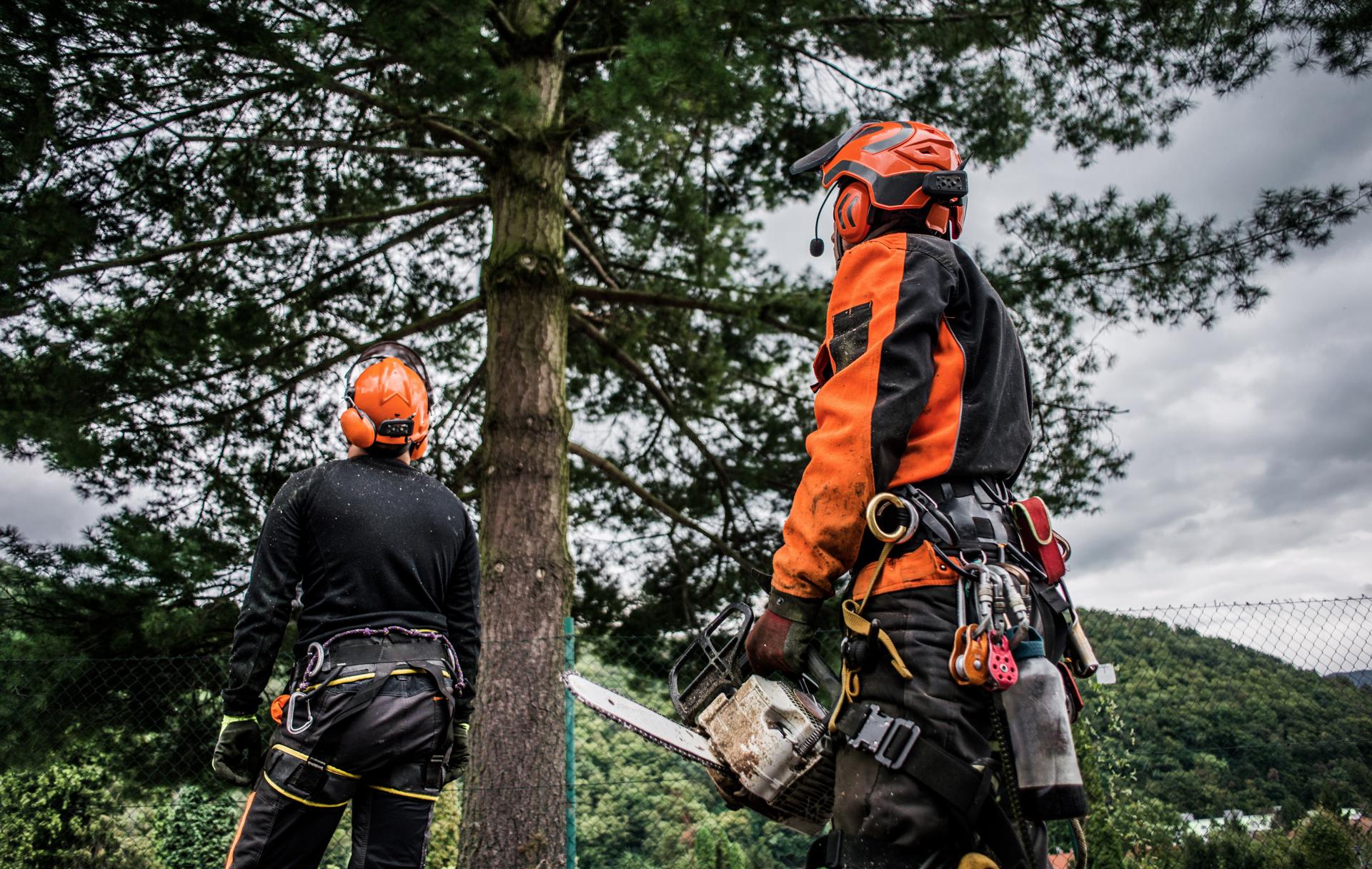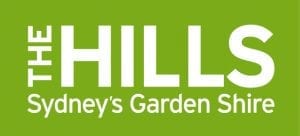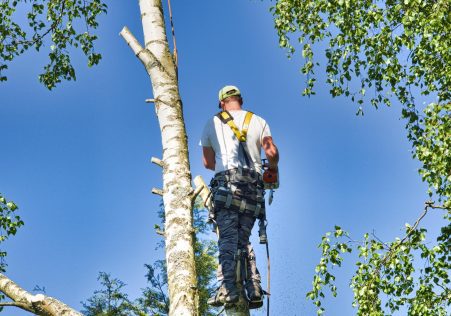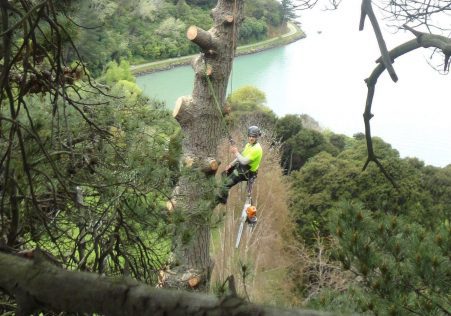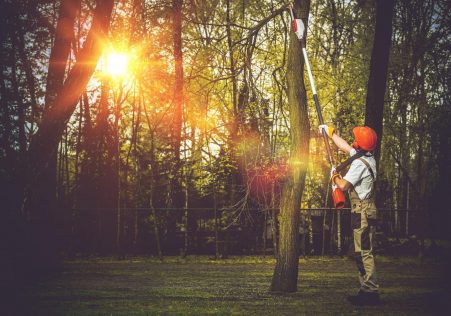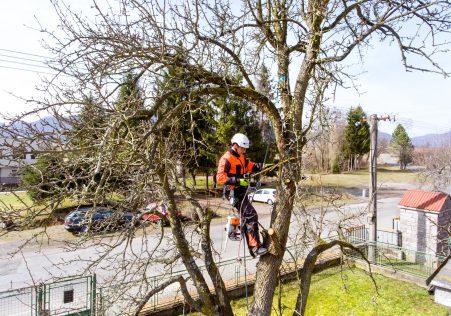Protecting Trees: A Guide for Understanding the Status of Protected Status
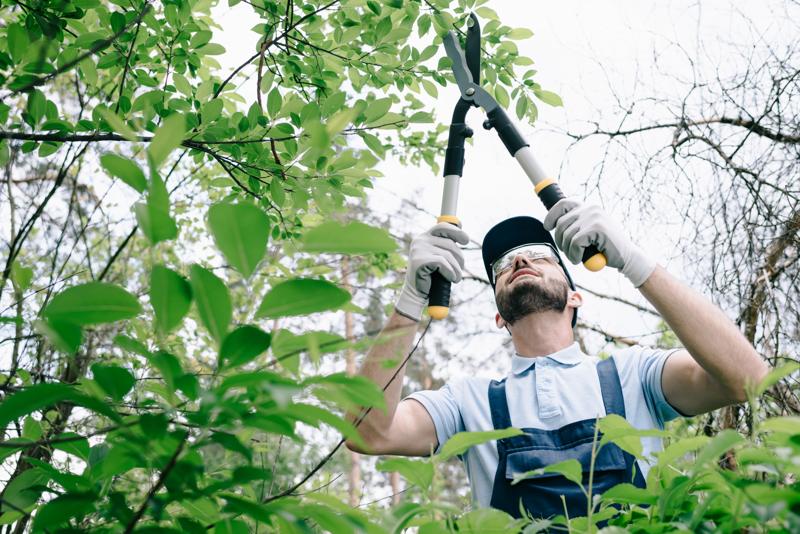
Trees play an essential contribution to our ecosystem as they provide shade, clean air and aesthetic value to our surroundings. However, not all trees are identical and some are granted additional protection status, making it illegal to do any activity without authorization. If you’re considering having a tree removed, it’s essential to understand the status of protection for the tree being considered, and the steps you have to take to comply with the legal requirements. This article we will help you understand the steps to determine if a tree is protected and what you have take to be sure you comply with the law.
What exactly is a tree that is protected?
A protected tree is one that has been subjected to certain legal controls and it is unlawful to carry out work on such a tree without obtaining the necessary permissions. There are two kinds of protection that a tree could be protected by - preservation and protection orders that are statutory.
Protection under the law
Under statutory protection trees are protected under the law, and they are subject to Tree Preservation Orders (TPOs). TPOs are enacted by local authorities to protect trees with a significant public value and to ensure that they are not destroyed or damaged.
Preservation orders
Preservation orders are similar to TPOs , but are issued by the Secretary of State for the Environment. The trees that are protected by preservation orders are considered to have an exceptional worth and are therefore protected from any work, including the felling.
What can I do to determine whether a tree is safe?
To determine whether the tree is protected, you must to determine if the tree is in the process of being subject to a TPO or preservation order. It is done by contacting the authorities in your area and asking them look up their archives.
TPO search
To search for the TPO, you can contact your local Tree and Woodland officer of your local authority, who can inform you if the tree is protected. They’ll also be able advise you about the next steps to follow if the tree is in a protected area.
Preservation order search
To search for a preservation permit, you must contact Secretary of State, Department of the Environment. They will be able to determine whether the tree is in the protected zone and give you the necessary information and guidance.
FAQs:
What happens if I carry out work on a tree that is protected without permission?
If you work on a protected tree without obtaining the necessary authorizations, you could be subject to significant fines, and possibly even jail time.
Can I contest a TPO Or preservation or TPO?
Yes, you are able to appeal an appeal of a TPO or preservation order if you feel it’s not justifiable. However, you will need to prove your argument and demonstrate why the TPO or preservation order isn’t necessary.
Can I take down a protected tree?
It is against the law to remove protected trees without permission from the appropriate authorities. If you want the tree to be removed it is necessary to request permission and submit proof to back your claim.
Conclusion
In conclusion, discovering whether the tree is protected is a crucial step to ensure that tree work is legally completed. By understanding the different types of protection and how to determine if they are protected to ensure you are acting within the law and safeguarding the trees that you are responsible for. If you’re not sure about the status of protection for the tree you are in charge of, we suggest seeking professional advice from an expert in tree care like Christchurch Tree Pruning. Our arborists are experienced and can advise you about the protection status of your trees, and will guide you through the required steps to make sure you’re following the law. With our knowledge and dedication to providing top-quality tree care we will help you preserve the beauty and value that your trees have. Contact us today at 0800 500 764 to schedule a consultation and let us help you ensure that your trees are protected and healthy.


